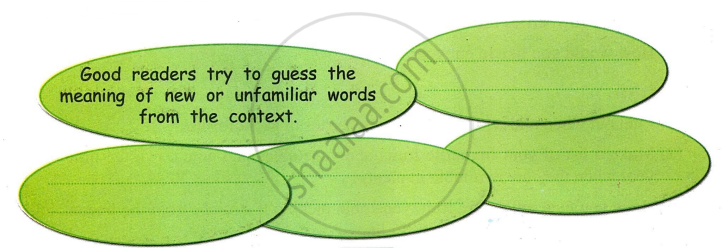Advertisements
Advertisements
प्रश्न
Find out the different processes by which fabrics are made. Find illustrations and write a few lines on each process.
उत्तर
Fabrics are crafted through various processes, each imparting unique characteristics to the final material. Here's an overview of the primary fabric manufacturing methods:
- Weaving: Weaving interlaces two sets of yarns the warp (vertical) and the weft (horizontal) at right angles to create woven fabrics. This method produces textiles like cotton, denim, and satin, known for their strength and durability.
- Knitting: Knitting involves forming fabric by interlooping yarns using needles. This technique results in stretchy and comfortable materials, commonly used for garments like sweaters and t-shirts.
- Nonwoven Fabric Production: Nonwoven fabrics are made by bonding or felting fibers together without weaving or knitting. Processes include mechanical entanglement, chemical bonding, or thermal bonding. These fabrics are often used in products like medical masks, filters, and disposable wipes.
- Felting: Felting is a process where fibers, typically wool, are matted together using heat, moisture, and pressure to create a dense fabric. Felt is commonly used in crafts, hats, and insulation materials.
- Lace Making: Lace is a delicate fabric made by looping, twisting, or knitting threads in patterns, often by hand or machine. It's commonly used in decorative garments and home textiles.
Each of these processes contributes to the vast diversity of fabrics available, catering to different uses and aesthetic preferences.
संबंधित प्रश्न
Identify the lines that reveal the critical tone of the poet towards the felling of the tree.
Dos and Don'ts for Email Etiquettes. Discuss and add one or two Dos and Don'ts on your own.
| Sr. No. | Dos | Don'ts |
| 1. | Have a clear subject line. | Don’t forget your signature. |
| 2. | Use a professional salutation. | Don’t use humour and sarcasm. |
| 3. | Recheck your e-mail. | Don’t assume the recipient knows what you are talking about. |
| 4. | Keep private material confidential. | Don’t punctuate poorly. |
| 5. | Keep your email short and flawless. Stay concise. | Don't hit 'Reply All'. |
| 6. | Check your attachments before sending them. | Don’t think that no one but the intended recipient will see your email. (No predictions) |
| 7. | Include your name or a signature with additional details and contact information. | Don't forward emails without permission. |
Visit a library:
Read the biographies of other Indian Saints. Share at least one story from their life with your friends. What message does it contain?
Have you seen a newborn young one of an animal?
Complete the following sentence with reference to the passage:
He realised that making the body suffer was not ____________.
Form groups. Discuss how one can be a 'good reader'. Use the points in the above passage in your discussion. Write down the points that show what makes a 'good reader'.

How did Helen Keller help other blind people?
Find a word that has a similar meaning.
unfair
What was his master’s advice?
Write the rhyming word.
goat
